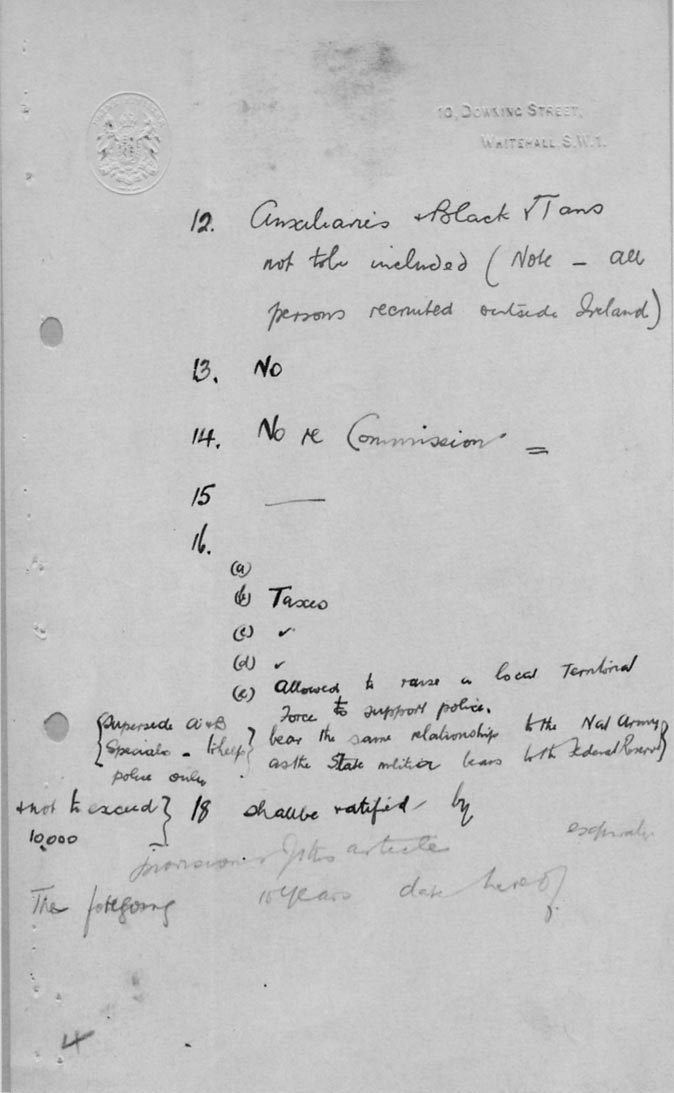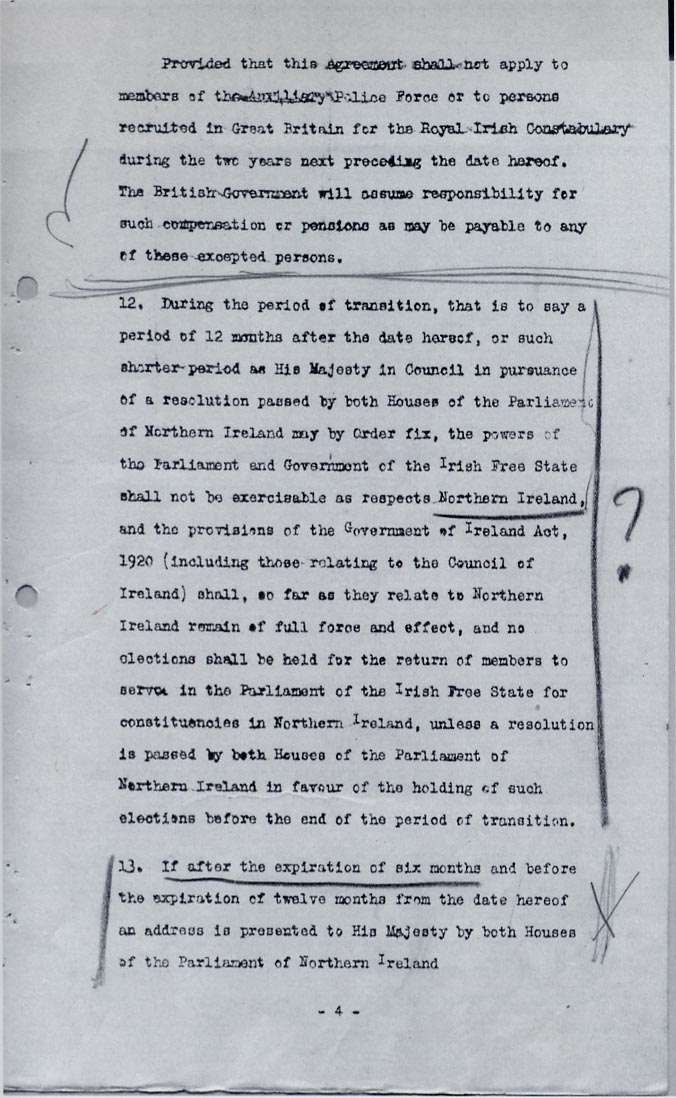

You did not provide the corresponding author’s ORCID iD. (You can have up to 3 levels.) Read more about manuscript formattingħ. You did not indicate heading levels within each manuscript section. You need to provide a clean copy as well as a marked-up copy. Your revised manuscript file includes highlighting indicating tracked changes. If the funder did not play a role in the research, be sure to state this explicitly. You named the funders that supported the submitted research but did not describe the funders’ role in the research (if any). Read more about options for providing your data files.Ĥ. Your data availability statement says that your data are available as Supporting Information files, but you did not provide the SI files with your submission. Read more about our policy on data access restrictionsģ. If access to your underlying data is restricted, you did not provide an explanation for these access restrictions. Read more about our data availability policĢ. PLOS journals require authors to make all data underlying the findings described in their manuscript fully available without restriction, with rare exception. You did not indicate where the underlying data for your submission can be found. The more complete your submission is, the more quickly it can be returned to the editor to proceed to the next stage of editorial assessment.īefore you resubmit, check if any of these situations describe your submission, and try to fix them now to save time later onġ.
#Revise manuscript series
What happens next? When you submit your revised manuscript to the journal, it will undergo a series of checks to ensure it meets our technical and policy requirements (read more about checks in Part 1 of this series). The journal should have a separate file type for the tracked changes version.So, you submitted your manuscript to PLOS ONE and the editor issued a revise decision.The 'clean' version should be uploaded as the primary 'manuscript' file type of the journal,.When uploading your revision, choose the correct item Type for each of the two files.Remove any comments from the 'clean' copy.Then select ' Accept All Changes' and ' Stop Tracking'.

In the second 'clean' copy of the file, go to the 'Review' tab and click the arrow next to 'Accept'.After saving, select 'Save As' and change the file name to remove the 'tracked changes' label, for example just 'revision 2.docx' or 'revision 2 clean.docx'.To save a second version without tracked changes: Many journals request two copies of the revision, one with tracked changes, and one without, sometime referred to as the 'clean' version. Once you are finished revising the paper, save the file with a name that clearly shows it has tracked changes enabled, for example 'revision 2 tracked changes.docx'. html), tracked changes will appear on your Web page. If you use change tracking and then save your document as a Web page (.htm or. When submitting the revision, be careful to apply the correct "Item Type" to each file.Save again with a different filename for the clean copy.In your application, find the option to approve all changes, and remove any comments.When you complete your revision, save the file with a name that indicates it’s the tracked version.

Use the application's comment function as needed to reply to the reviewers within the text.Enable the application's "Track Changes" functionality before you begin editing.

In general, whatever application you use to edit your manuscript: Normally the clean copy will be categorized as a "manuscript" file for upload, while the marked up version will have some other name like "revision with tracked changes" or "marked revision". One with all changes marked up so that editors and reviewers can see what was edited, and a second "clean" copy with no markup. When journals require this, you will usually be asked for two files. The option needs to be enabled before you begin to edit your document, so please check your revision letter and the journal's Guide for Authors for instructions before beginning to revise your file. Some journals require revisions to include a version with tracked changes, which might also be called 'highlighted' or 'marked'.


 0 kommentar(er)
0 kommentar(er)
